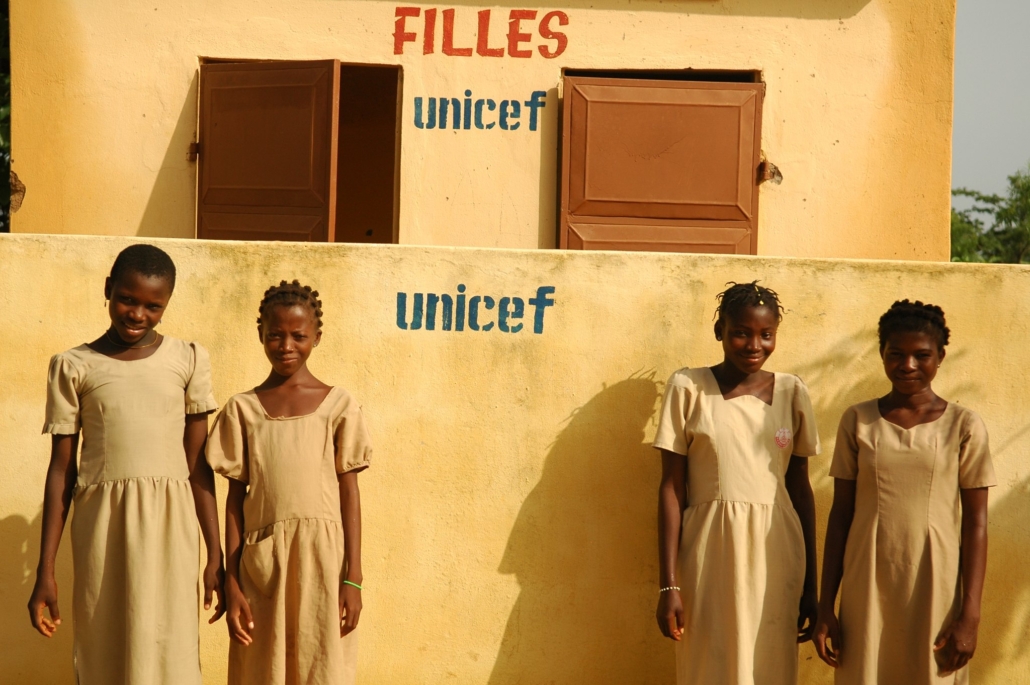Flushing Poverty: Toilets in Developing Nations
 As of 2018, about 4.5 billion people worldwide live without a toilet. This is far more than an inconvenience to those people — toilets are on the front lines of saving lives. Living without an adequate toilet is downright dangerous. Fortunately, steady progress is occurring on this issue, and several organizations are addressing this pressing need.
As of 2018, about 4.5 billion people worldwide live without a toilet. This is far more than an inconvenience to those people — toilets are on the front lines of saving lives. Living without an adequate toilet is downright dangerous. Fortunately, steady progress is occurring on this issue, and several organizations are addressing this pressing need.
What is the Current State of the World’s Toilets?
About 60% of people worldwide lack access to an adequate toilet at home. According to WHO and UNICEF, one can classify the world’s current sanitation systems using three labels:
- Improved: This is any system that keeps human waste away from human contact.
- Shared: Multiple households use these systems. They may be improved or unimproved.
- Unimproved: This is any waste disposal system that does not keep human waste away from human contact.
Open defecation, for instance, is the most severe form of unimproved sanitation. Nevertheless, 892 million people practice it around the world. An “adequate” toilet is improved and only one household uses it. The UN has formally recognized the importance of this issue and made it part of Sustainable Development Goal 6 (SDG 6). Unfortunately, the world is off track to meet that goal by 2030. According to the World Toilet Organization, the world must quadruple its current efforts to meet SDG 6’s toilet-centered objectives.
What Impact Do Toilets in Developing Nations Have?
Toilets are critical players in the fight against preventable disease, automatically making them agents in the fight against poverty. Here are some key facts and statistics about toilets and their benefits. Every dollar spent on toilets and water prevents the expenditure of $4 on “medical costs, averted deaths and increased productivity.”
“One gram of feces can contain 10 million viruses, 1 million bacteria, and 1,000 parasite cysts.” As a result, adequate toilets prevent many diseases by keeping contaminant-ridden human waste away from human contact. Toilets are life-changing for menstruating girls. They increase their ability to go to and stay in school, and they also increase their safety, as girls using open defecation methods can be taken advantage of. 23% of the world’s schools do not have any form of toilet. Without toilets, human waste can contaminate the environment, facilitating the spread of contagions. About 2 billion people worldwide use water contaminated with human waste, which is extremely detrimental to global health.
The Implementation of Toilets in Developing Nations
Installing adequate, beneficial toilets in developing nations is far from easy. While toilets face typical aid issues such as economic feasibility, they also require regular maintenance, which includes cleaning and emptying. As a result, every toilet represents a recurring expense. Making this maintenance process practical for impoverished people is a severe and evolving challenge.
Additionally, for toilets to be fully effective, they must be one piece of a more extensive system of hygiene, commonly known as WASH. Furthermore, unsafe practices such as open defecation are often woven into a culture’s fabric. As a result, people who have never had a toilet are often entirely unaware of their benefits. Because of this, they are likely to ignore, abandon or disdain toilets that do not come with an explanation or training. Aid that adequately addresses this problem does not just provide a toilet; it is also necessary to educate the local people about their purpose and use.
The Progress
Although this issue still needs to be fully addressed, the world has come a long way towards increasing the availability of adequate toilets. For example, “the percentage of the population [of India] with access to basic sanitation services” (including toilets) grew from 16% to 60% between 2000 and 2017. These are some of the organizations that are making numbers like these even better:
The Bill and Melinda Gates Foundation hosts the annual Reinvent the Toilet challenge, created to create more sustainable and useful toilets. Several significant developments have come from this event.
SATO pans are devices that are used to retrofit existing toilets. The design reduces the spread of contagious diseases as well as smells. Between 2014 and 2018, UNICEF “helped more than 70 million people access basic toilets in their homes.” These organizations represent just a few institutions fighting for clean, useful toilets in developing nations.
Conclusion
Installing and maintaining adequate toilets in developing nations is key to the fight against global poverty. Toilets decrease infectious diseases, which reduces medical expenses and the instability that sickness and unexpected death bring. While it will be long before toilets get to everyone who needs them, many organizations are also working on this vital front. With the right effort, this problem will be a thing of the past.
– Abigail Leland
Photo: Flickr
